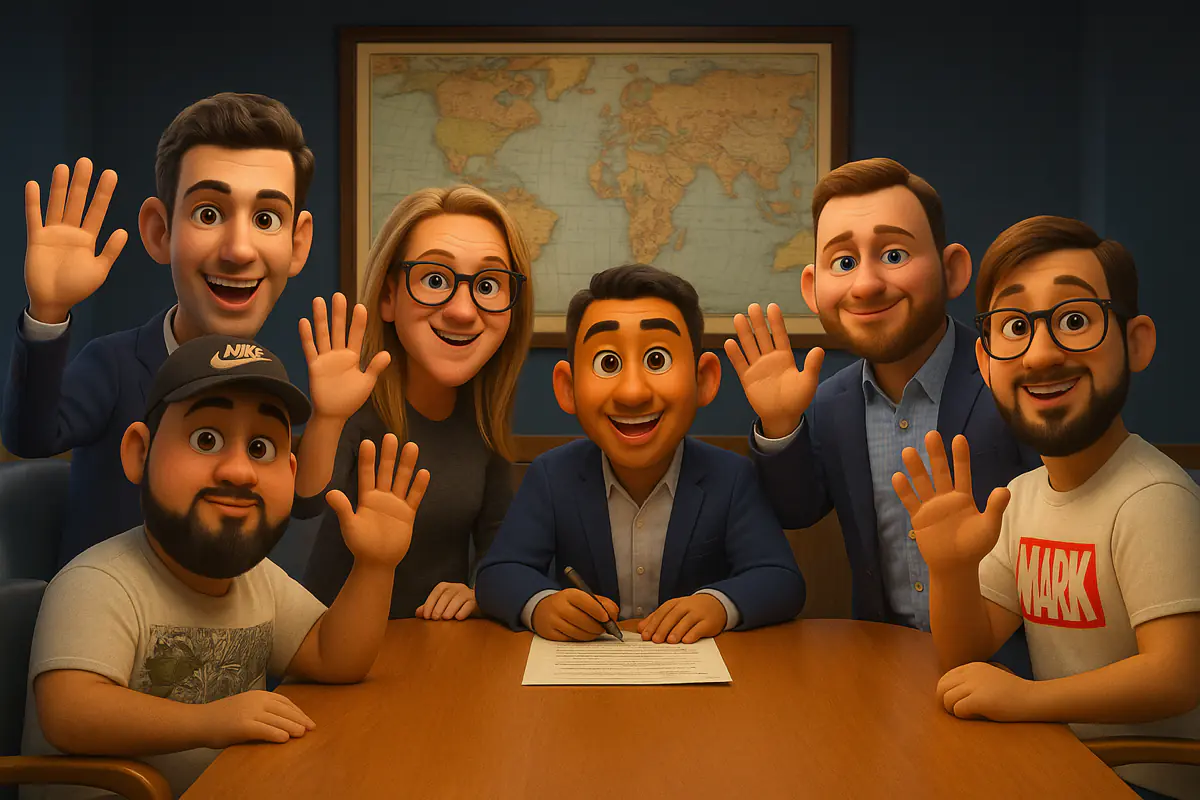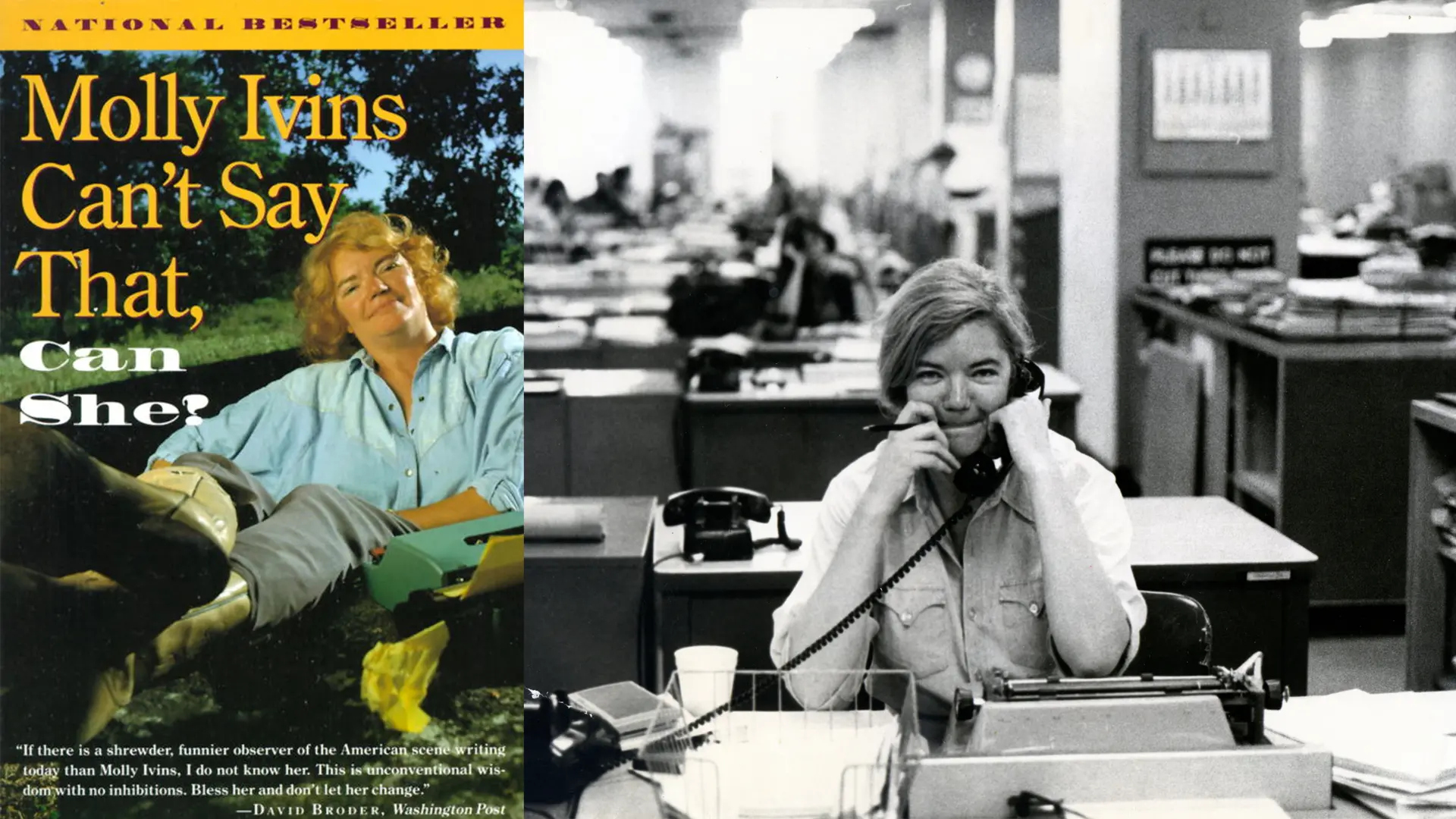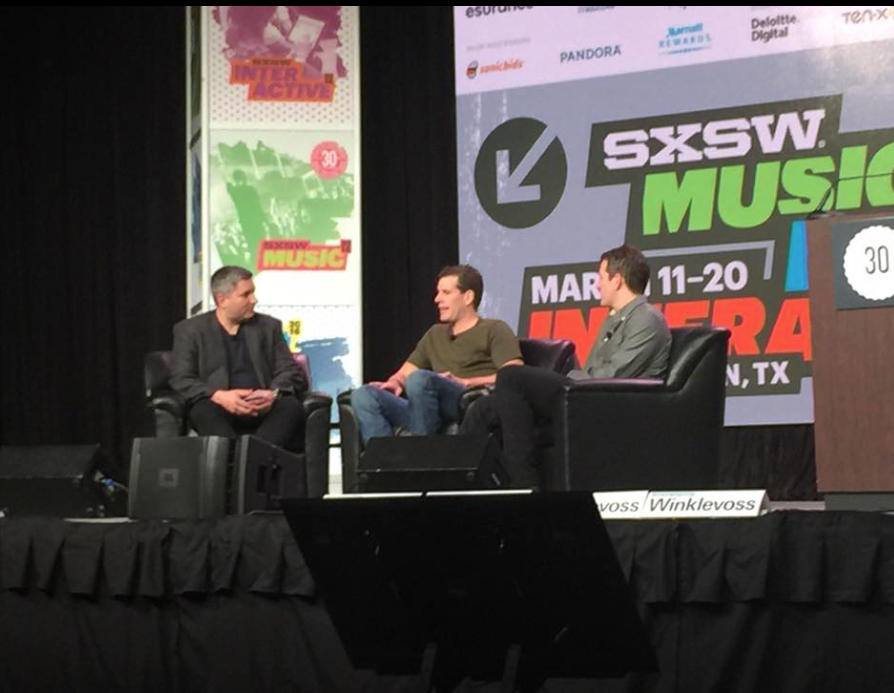Sparc3D Unlocks Sentence-to-Shape Creation—Here's How
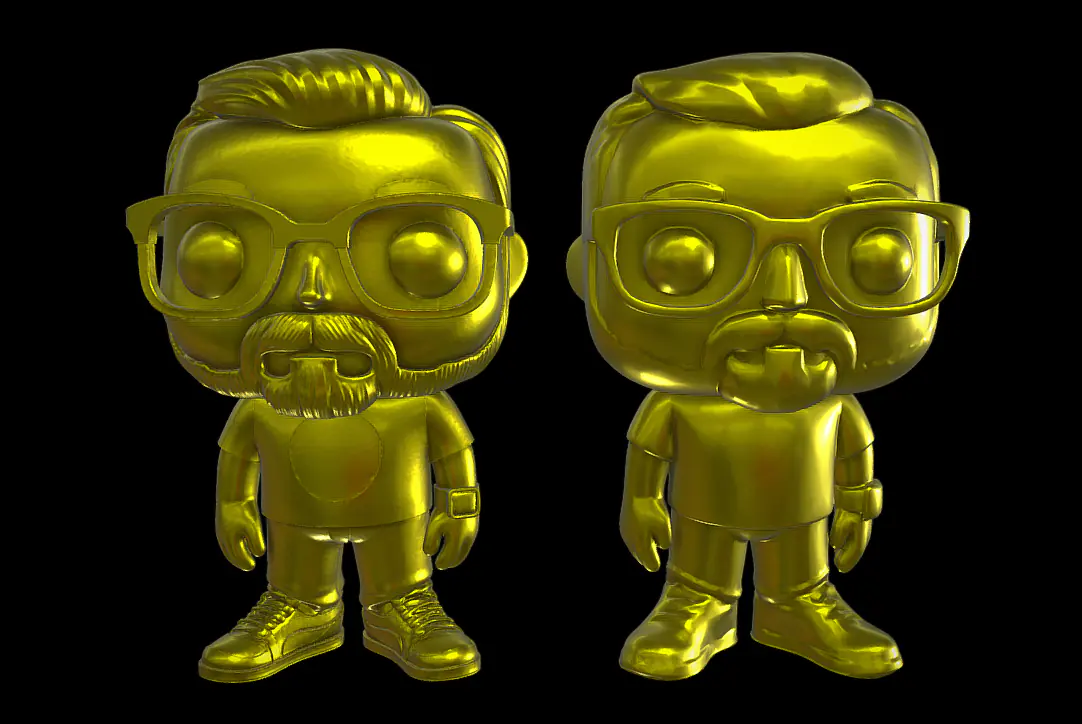
Sparc3D Unlocks Sentence-to-Shape Creation—Here's How
JUNE 22, 2025
A new research breakthrough called Sparc3D is reshaping the way we think about 3D asset creation. Built by a team at Nanyang Technological University, Sparc3D takes a single image and turns it into a high-resolution, watertight 3D model—complete with hidden geometry, fine surface detail, and print-ready structure.
But here's where things get exciting: when you combine Sparc3D with AI image generators like Midjourney, DALL·E, or Firefly, you unlock something even more powerful—sentence-to-shape creation.
You write a description.
An image is generated.
Sparc3D turns that image into a 3D model.
This is the beginning of a new creative pipeline—one where prose replaces complex tools and syntax. You don't need to know CAD, sculpting, or topology. You just need an idea and a sentence to spark it.
Why Sparc3D Matters
Traditional 3D modeling workflows are built around dense, technical processes: voxel grids, point clouds, signed distance fields (SDFs), and lots of post-processing. Tools like Hunyuan3D 2.1 made progress in scaling 3D diffusion, but suffered from dropped details, inconsistent geometry, and high training costs due to modality mismatches.
Sparc3D fixes this at the root:
- Sparcubes converts input meshes or silhouettes into sparse, deformable, watertight 3D surfaces. It's faster and keeps small details intact.
- Sparconv-VAE uses a sparse convolutional encoder-decoder setup that removes the need for messy data conversions. It trains faster, reconstructs more accurately, and plugs right into diffusion pipelines.
The result? Better geometry, faster generation, and a more stable foundation for AI-native 3D workflows.
From Prompt to Prop
Now imagine this workflow:
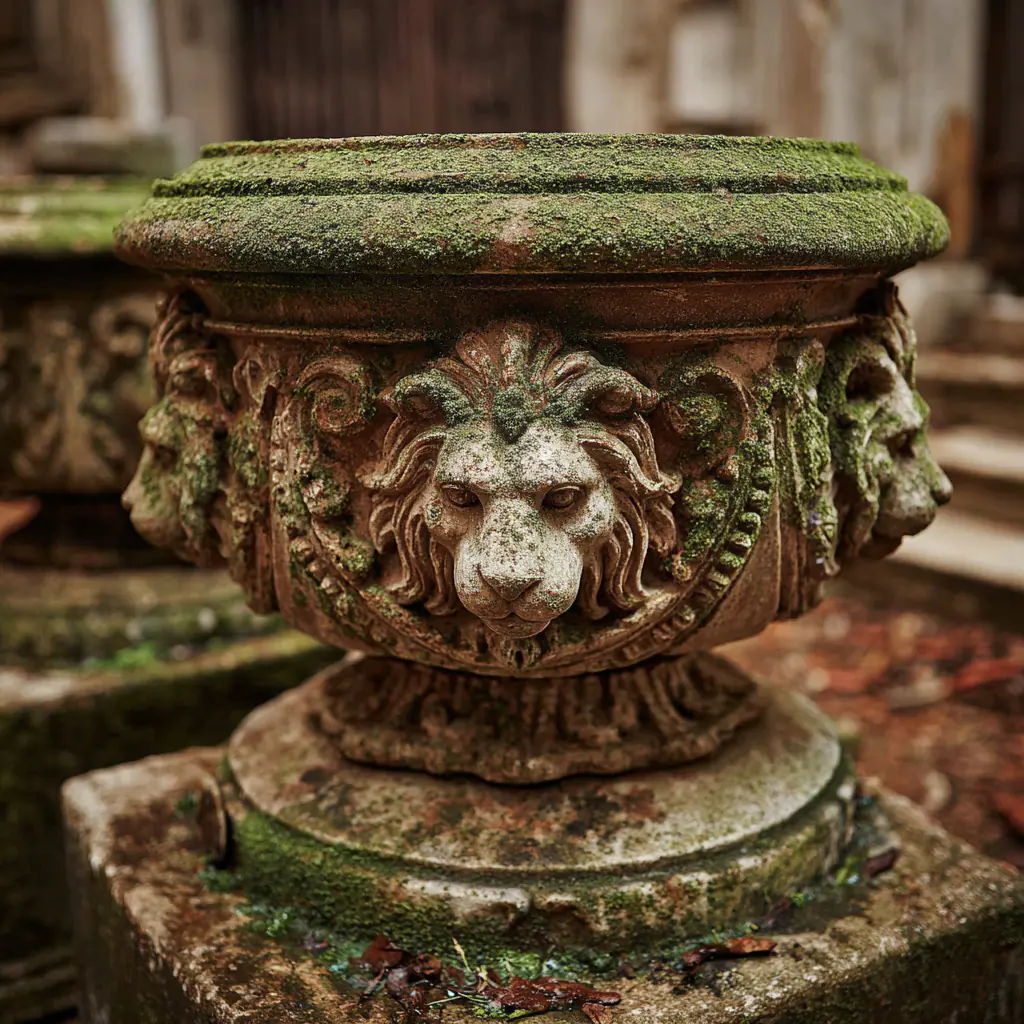
- Type: "A baroque stone fountain covered in moss, with lion heads on each side."
- Midjourney creates a concept image in seconds.
- Upload that image to Sparc3D.
- Get a 3D model that's watertight, printable, and usable in Blender, Unity, or Unreal.
This is no longer science fiction. It's a live demo. The model may still need cleanup, retopology, and texturing—but the starting point is 90% easier. We're not skipping the artist—we're giving them a running start.
Real-World Comparison: Hunyuan3D vs Sparc3D
To demonstrate the difference, I tested both technologies using the same source image. Here's what happened when I fed the same character image through both systems:
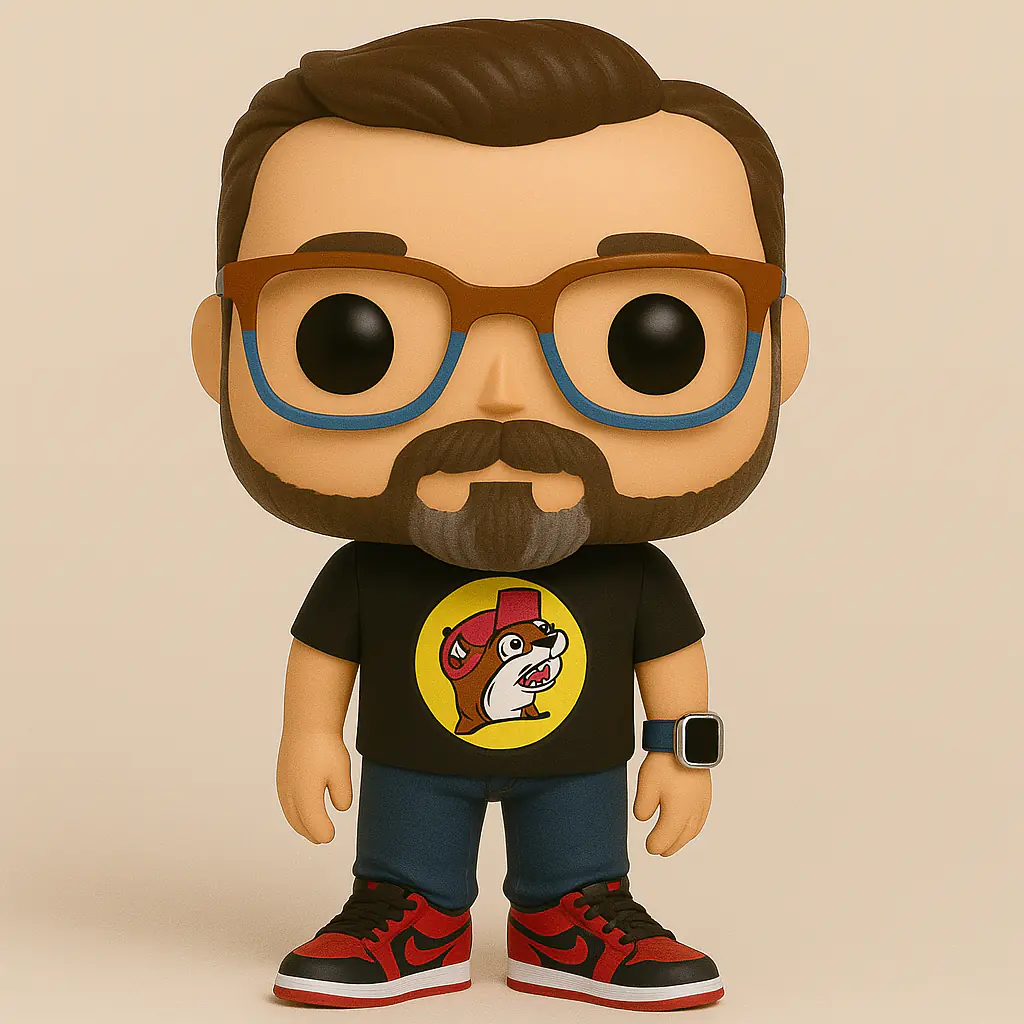
Hunyuan3D 2.1 Result
First, the Hunyuan3D 2.1 model. While impressive for its speed and accessibility, you can see some of the limitations in geometry consistency and surface detail that Sparc3D aims to address:
Sparc3D Result
Now the Sparc3D version from the same source image. Notice the improved watertight geometry, better surface detail preservation, and more consistent topology:
The difference is more than visual—it's structural. The Hunyuan3D model contains 40,000 triangles and 20,000 vertices, while the Sparc3D version packs in 2 million triangles and 1 million vertices. That's 50x more geometry data.
This isn't just about higher resolution. Sparc3D's approach creates models that are beefier, smoother, and definitely not game-friendly in their raw form. But here's the key insight: it's always better to start big and reduce down than to start small and try to add detail later.
For 3D printing, that extra geometry translates to smoother curves and finer surface details that survive the printing process. For professional workflows, you can use decimation tools to create multiple levels of detail—a high-res version for hero shots, a medium-res version for close-ups, and a low-poly version optimized for real-time rendering.
Why This Isn't a Threat—It's a Tool
Sparc3D doesn't replace creativity. It removes the gatekeeping. You still need to shape, compose, animate, and iterate—but you no longer need to build every base mesh from scratch. You can focus on what matters: vision, emotion, storytelling.
This is photogrammetry without the camera. Sculpting without the clay.
It's not automation. It's acceleration.
Meet the Research Team
This breakthrough comes from an impressive research team at Nanyang Technological University: Zhihao Li, Yufei Wang, Heliang Zheng, Yihao Luo, and Bihan Wen. Their work represents a significant leap forward in AI-driven 3D generation.
Try It Yourself
Want to experiment with Sparc3D? The team has made their work accessible through multiple channels:
- Research Paper: https://arxiv.org/abs/2505.14521
- PDF Download: https://arxiv.org/pdf/2505.14521v2
- Project Website: https://lizhihao6.github.io/Sparc3D/
You can also try the tool directly through these Hugging Face spaces:
- https://huggingface.co/spaces/Specialgfhdhdh/Sparc3D
- https://huggingface.co/spaces/k-aidios/Sparc3D
- https://huggingface.co/spaces/Soutick/Sparc3D
Technical Innovation Behind the Magic
What makes Sparc3D particularly impressive is its technical approach. The research team solved several key problems that have plagued 3D generation:
- Sparse Representation - Instead of dense voxel grids, Sparc3D uses sparse cubes that focus computational power where it matters most
- Watertight Geometry - The output models are immediately ready for 3D printing without additional mesh repair
- Detail Preservation - Fine surface details that other methods lose are maintained throughout the conversion process
- Efficient Training - The sparse convolutional approach reduces training costs while improving accuracy
